Introduction
Group dynamics is a branch of social psychology that studies how people interact and behave within groups. In politics, group dynamics plays a crucial role in shaping the decisions and actions of political groups and organizations. From small committees to large political parties, the dynamics of a group can have a significant impact on the outcome of political decision making.
The Role of Social Influence in Group Dynamics
Social influence is a central concept in group dynamics. It refers to the way in which individuals are affected by the presence and actions of others in a group. There are several different types of social influence, including normative influence, which occurs when individuals conform to group norms, and informational influence, which occurs when individuals base their beliefs and actions on the information provided by others in the group.
In political contexts, social influence can be used to mobilize political groups, build consensus, and persuade individuals to support particular policies or candidates. However, it can also be used to manipulate and control individuals and groups, leading to negative outcomes such as the suppression of dissent and the erosion of democratic values.
Group Decision Making in Political Contexts
Group decision making is an important aspect of group dynamics in politics. Groups often have to make decisions that affect the well-being and interests of their members, as well as the broader society. In political contexts, group decision making can be particularly challenging due to the presence of competing interests and the need to balance short-term and long-term goals.
Real-World Examples of Group Dynamics in Politics
One example of group dynamics in politics is the decision-making process within a political party. Political parties are groups of individuals who share similar beliefs and values, and work together to achieve common goals. The dynamics within a political party can have a significant impact on the party's ability to make decisions and achieve its goals. For example, a party that is divided by internal conflicts and factions may struggle to make effective decisions and achieve electoral success.
Another example of group dynamics in politics is the behavior of interest groups. Interest groups are organizations that represent the interests of specific groups of individuals, such as business owners, labor unions, or environmental organizations. The dynamics within an interest group can influence the group's ability to achieve its goals and influence public policy. For example, an interest group that is divided by internal conflicts may struggle to build a unified and effective lobbying strategy.
The Impact of Group Size on Dynamics 
Group size is another important factor that can impact group dynamics in politics. Small groups tend to have more cohesive dynamics, with individuals feeling more connected to one another and sharing a sense of common purpose. However, as the size of a group increases, the dynamics can become more complex, with individuals feeling less connected to one another and more likely to experience social loafing or free riding.
In political contexts, larger groups may be more difficult to mobilize and may struggle to build consensus around a particular issue or policy. However, larger groups can also be more diverse, which can bring different perspectives and ideas to the decision-making process.
The Impact of Leadership on Dynamics
Leadership plays a crucial role in shaping group dynamics in politics. A leader can influence the behavior and attitudes of group members by setting the tone, setting goals, and providing direction. A leader can also help to build cohesion within a group by creating a sense of common purpose and fostering a positive group identity.
However, poor leadership can also lead to negative dynamics, such as low morale and lack of trust. In political contexts, the leadership of a political party or interest group can have a significant impact on the group's ability to achieve its goals and influence public policy.
The Impact of Culture and Diversity on Dynamics
Culture and diversity also play an important role in group dynamics in politics. Culture refers to the shared beliefs, values, customs, and practices of a group, while diversity refers to the presence of individuals from different backgrounds and experiences.
In political contexts, culture and diversity can bring different perspectives and ideas to the decision-making process, which can lead to better and more creative solutions. However, culture and diversity can also lead to conflicts, misunderstandings, and lack of trust.
Strategies for Managing Group Dynamics in Political Contexts
Managing group dynamics in political contexts can be challenging, but there are strategies that can be used to improve the process. These include:
Building trust among group members
Encouraging open and honest communication
Encouraging active participation and collaboration
Promoting cultural and diversity awareness
Encouraging constructive feedback
Providing appropriate training and education
The Impact of Technology on Group Dynamics in Politics
Technology has had a significant impact on group dynamics in politics. With the rise of online communication tools, individuals and groups can now interact in ways that were not previously possible. As a result, political groups can now form and function in ways that were not possible before. However, the use of technology in politics also poses some challenges, such as the potential for misinformation, the erosion of privacy, and the creation of echo chambers.
The Impact of Social Media on Group Dynamics in Politics
Social media has had a particularly significant impact on group dynamics in politics. Social media platforms allow individuals and groups to communicate and interact in real-time, and can be used to mobilize political groups, build consensus, and persuade individuals to support particular policies or candidates. However, social media also poses some challenges, such as the potential for misinformation, the erosion of privacy, and the creation of echo chambers.
The Impact of Virtual Meetings on Group Dynamics in Politics
Virtual meetings, often done via video conferencing, have become increasingly popular in the recent years due to the need for social distancing and remote working. While virtual meetings provide a convenient and accessible way for groups to communicate and make decisions, they also present some challenges for group dynamics. For example, virtual meetings can be more impersonal and less engaging, making it harder to build trust, and to read nonverbal cues and body language.
The Impact of Group Dynamics on Public Opinion
Group dynamics can have a significant impact on public opinion. Social influence, for example, can be used to shape public opinion by creating a sense of consensus around particular issues or policies. In political contexts, group dynamics can be used to mobilize political groups, build consensus, and persuade individuals to support particular policies or candidates.
However, group dynamics can also be used to manipulate and control public opinion, leading to negative outcomes such as the suppression of dissent and the erosion of democratic values. It is important to be aware of these dynamics in order to understand how public opinion is formed and influenced.
The Impact of Group Dynamics on Public Policy
Group dynamics can also have a significant impact on public policy. Interest groups, for example, use group dynamics to influence public policy by lobbying for policies that support their interests. Political parties also use group dynamics to shape public policy by building consensus and mobilizing their members to support particular policies.
However, group dynamics can also lead to negative consequences in public policy. For example, groupthink can lead to the suppression of dissenting voices and the adoption of bad policies. It is important to be aware of these dynamics in order to understand how public policy is shaped and influenced.
The Impact of Group Dynamics on Elections and Electoral Campaigns
Group dynamics plays a significant role in elections and electoral campaigns. Political parties and candidates use group dynamics to mobilize and persuade voters to support them. Social influence, for example, can be used to create a sense of consensus around a particular candidate or party, leading to a higher voter turnout and increased support.
However, group dynamics can also be used to manipulate and control public opinion during elections, leading to negative outcomes such as voter suppression and the manipulation of voting systems. It is important to be aware of these dynamics in order to understand how elections are influenced and potentially manipulated.
The Impact of Group Dynamics on Political Campaigns
Group dynamics also plays a significant role in political campaigns. Interest groups and political action committees use group dynamics to influence the outcome of campaigns by mobilizing supporters and raising funds. Political parties also use group dynamics to shape campaign strategies and mobilize their base.
However, group dynamics can also lead to negative consequences in political campaigns. For example, groupthink can lead to the suppression of dissenting voices and the adoption of bad campaign strategies. It is important to be aware of these dynamics in order to understand how political campaigns are shaped and influenced.
Conclusion
In conclusion, group dynamics plays a crucial role in shaping the decisions and actions of political groups and organizations. The impact of technology, social media and virtual meetings on group dynamics in politics is significant, as it allows groups to interact and make decisions in ways that were not previously possible. However, it also poses some challenges, such as the potential for misinformation, erosion of privacy, and the creation of echo chambers.
By understanding these challenges and developing strategies to mitigate them, political groups can use technology, social media, and virtual meetings to improve their decision-making processes, while avoiding negative consequences. It is important to take into account the impact of these new technologies on group dynamics and to adapt accordingly to make the most of their advantages and mitigate their disadvantages.

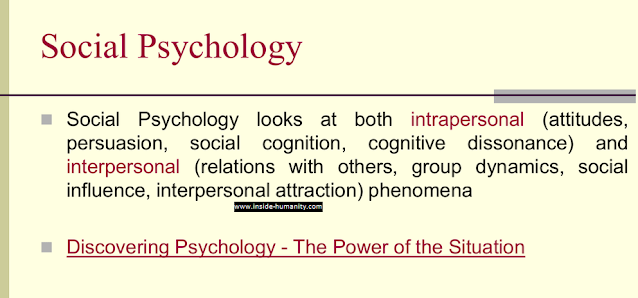
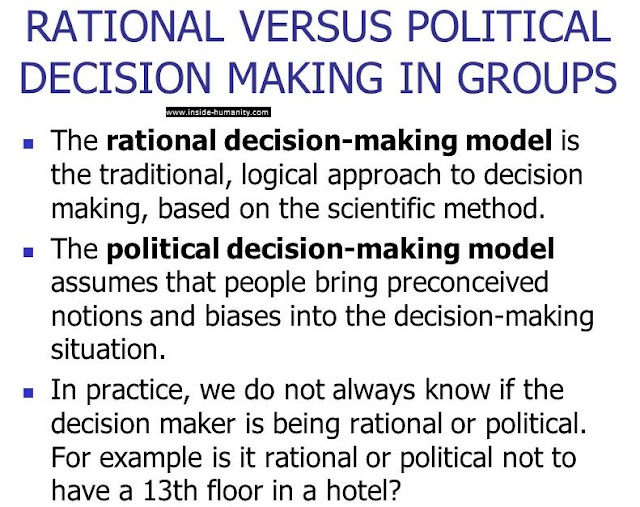


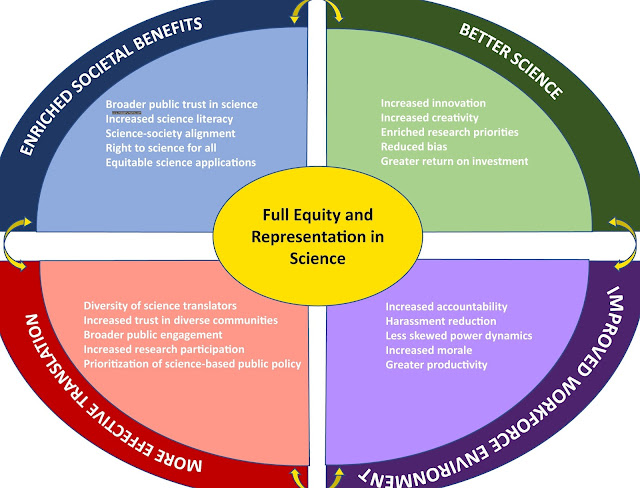


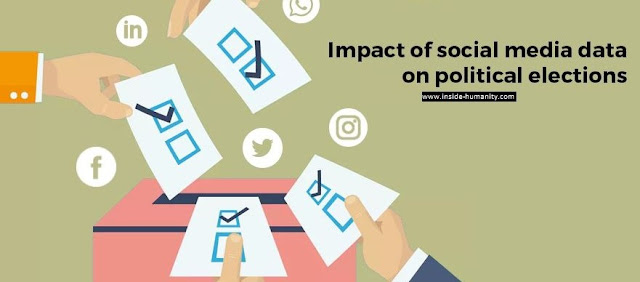


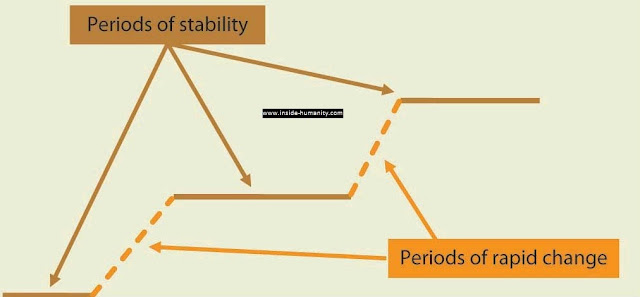

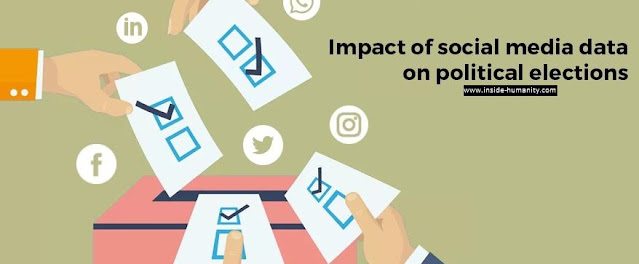





0 Comments
Thank you. We'll reply you shortly.